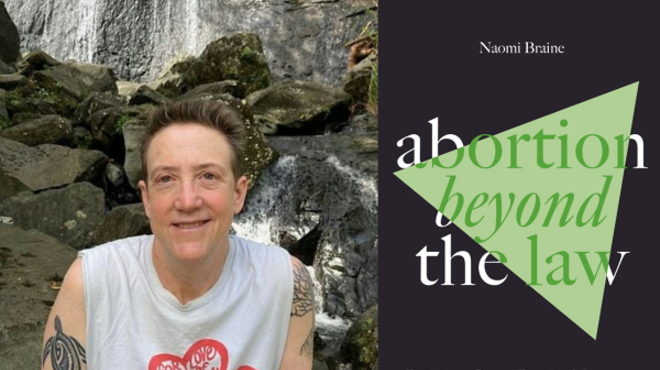As long as she can remember, Susan Holland has had a love for old houses. She recalls childhood summers visiting relatives in Mechanicville, New York, and being enchanted by its Victorian houses and small-town charm. “It was stopped in time for me,” she says.
Since then, the built environment has been a metaphor for emotional memory for Holland, both personal and collective. As executive director of Historic Albany Foundation, she has dedicated herself to the preservation of Albany’s neighborhoods, not just for the sake of its old buildings, but for the values of community they represent.
A graduate of Cornell University in communications, Holland worked for the Neighborhood Preservation Coalition of New York State, advocates for affordable housing and urban revitalization, before being named head of Historic Albany in October, 2005. The private, nonprofit advocacy organization was established in 1974, in an era when cities were razing historic districts and replacing them with, in the words of a New York Times editorial, “tin-can architecture in a tinhorn culture.” Awareness of the value of our historic heritage has gone up considerably since then, but one of Historic Albany’s main functions is still that of a conscience and goad to remind local politicians and developers to do the right thing.
“We’re here to make people recognize the beauty and magnificence of what we have,” says Holland. “If you look around the rest of the country, everything looks the same. Everything we do, we try to stick to that mission.”
The historic architecture, of course! Albany is a very old city; the original charter was written in 1686. We don’t have any structures of that vintage, but the oldest in the city was just revealed—48 Hudson Avenue, the Van Ostrande-Radliff House, a Dutch-built house constructed in 1728. The city has a treasure trove of architecture from that era on, right up through what we now call “mid-century marvels,” those 1950s ranch houses we made fun of as kids, which are now hip to own and furnish.
What’s the favorite part of your job, and the least favorite?
I have two favorite parts. First, working every day with a multitalented staff who constantly infuse their work with passion and creativity. They are the ones that make Historic Albany work, along with our board of directors and volunteers. Second, every day is an adventure. I never know who will be on the other end of the phone and what the preservation “crisis du jour” will be. My least favorite thing is the nonprofit drudgery of paperwork, bureaucracy, and always looking for the almighty dollar.
What ordinary thing is hard for you to do?
To be still, quiet, and brief. I am trying to be a better listener, which is very important in my job.
What’s the view out your favorite window?
That would be my bedroom window and it’s my perennial garden, my neighbor’s garden, which is only visible over the fence, and the backs of the houses. It makes me think of a time when the backyards might have been used more. I like to see our existing T-bar, that was once used for a clothesline—talk about going back! I still have to figure out how to make mine work.
What's the biggest challenge in preservation today?
The idea that “newer” is better, and that the suburbs, with their sprawl, dependency on the automobile, and big-box stores, have everything we could ever want.
Why are old windows worth saving?
Old windows are constructed of old-growth wood capable of lasting another 100 years if maintained properly. Today’s products, even if they are wood, are new growth, much softer, and will not withstand the test of time. And vinyl window manufacturers might give the customer a 10-year warranty; can you imagine changing your windows every 10 years! There’s a billion-dollar replacement-window industry which has people convinced that their product is energy-efficient and maintenance-free, but old windows can be just as energy-efficient as new ones.
What takes your breath away?
I was just in Galveston, Texas, and was treated to a tour of the historic neighborhoods there. It would be hard to say which house made me more emotional—starting with the early Greek Revival buildings right up to the 1920’s Arts & Crafts houses. I have felt this way about old buildings since I was a little kid. I do what my 11-year-old daughter calls “preservation driving”—where my eyes briefly leave the road to look at a 16-over-16 window in an old church, a beautifully painted house, or a quaint Main Street.
Can preservationists ever really compete against developers?
Most definitely, yes. I wouldn’t be able to do what I do if I didn’t think that was so. Historic Albany didn’t compete with the developers, but worked with them on the Wellington Row site on historic State Street. The plan, while not perfect, has something for both the developer and the preservationist.












